Feeling excited? Here is the itinerary to join the festival for your reference
Day 1 (11 January 2021): Yangon/ Mandalay to Khamti by flight, Lahae by car (4×4) Hkamti
Arrive in Khamti airport by morning flight. Welcome to Operator and transferred to cross the Chinwin River, one of the major tributaries of the mighty Ayewarwaddy, to go Sinthe village. Continue drive by 4×4 Off-road vehicles (5 hours), to Lahae ,while on the way falling into a Rrance Charmed by Panorama of Naga Mountain range Pass through Nantheegyi, Nantzalane, Launggauk, Htainnyo, Htwehtaik, and Sanpya villages to reach to Lahe town. On the way, you can take the picture on the view of Tain Nyoung Peak (Ft 4,997). In the evening, you will reach to Lahe town and check in your accommodation place (LD).
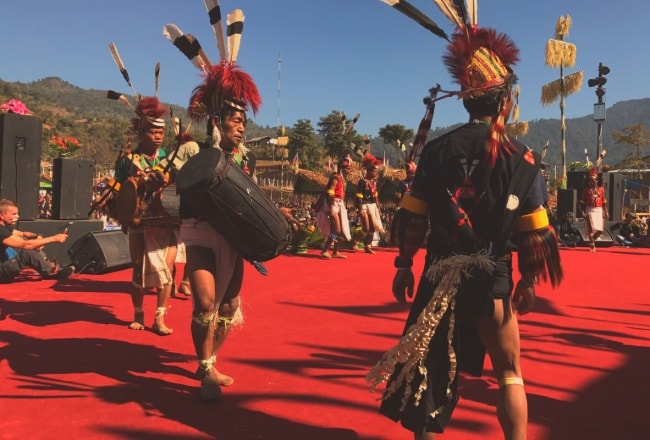
Day 2 (12 January 2021): Lahe Town
This Morning, we drive from Lahe to Makyan (45mins), we have the opportunity to visit local homes. Visit to the Naga headman house and witness the different lifestyle of different minorities of Naga hill tribes. And continue to Santon, we have the opportunity to visit local homes. Santon villages where the Ponnyo, Lai Naung and Makyan Naga visit to the Naga headman house and witness the different lifestyle of different minorities of Naga hill tribes. In the evening, drive back to Lahe and overnight at Lahe guest house. (BLD)
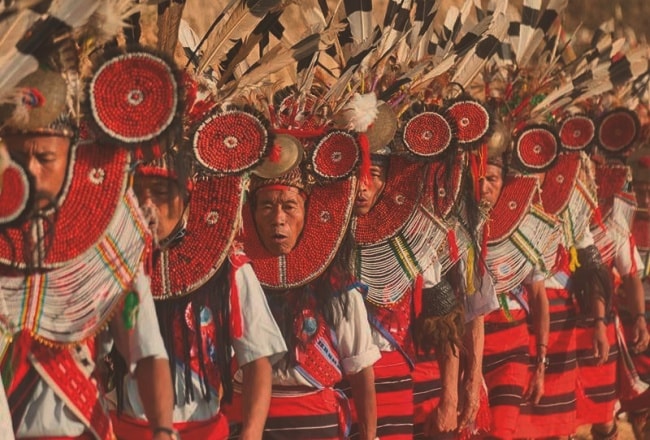
Day 3 (13 January 2021): Lahe Town
Soon after breakfast, the traditional Naga Ceremonial Pole will be erected at the festival ground and various Naga clans in their traditional costumes will be there to participate the festival. After lunch break, you explore the surrounding villages and we take a sightseeing to Gahone village meeting with old Naga leaders. See the face and body tattoos of Naga people. We can see authentic cultural of Naga people in these villages. Stay living on their traditional way, it will be highlight of the day. In the evening, walk to Hwehtike and Lonkhin Naga villages for our evening sightseeing. Return back to Lahe town. (BLD)
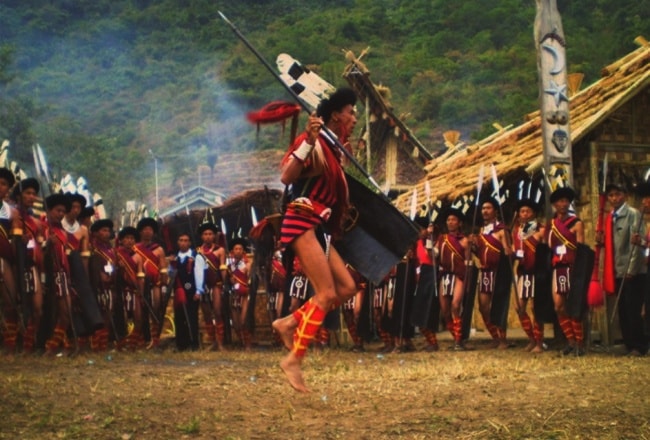
Day 4 (14 January 2021): Lahe Town – The Day of Main Events
Attend the ceremony of Naga Traditional New Year Festival in the morning and the Bonfire festival at night.
The Official Opening Ceremony of Naga New Year begins on the festival grounds early morning. Enjoy the traditional New Year Food and rice wine with the Naga community elders. At the end of the ceremony, dance competitions by the troupes from various Naga villages and sport events will start. Finally, in the evening, by a large bonfire, everyone can participate and enjoy in welcoming the Naga New Year by dancing around the bonfire. (BLD)
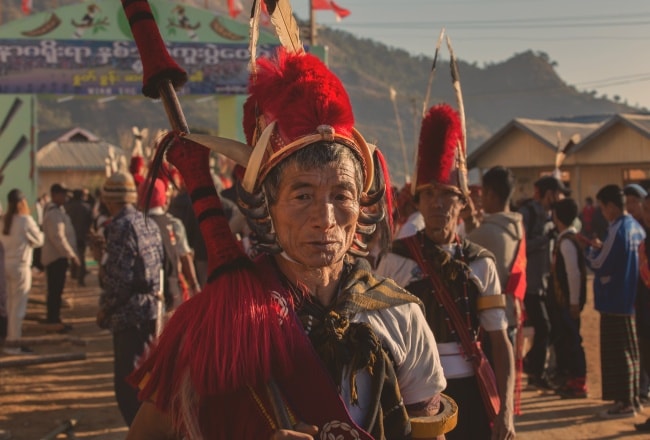
Day 5 (15 January 2021): Lahe – Hkamti – Mandalay – Yangon
After early breakfast, leaves the Naga Festival grounds, at 5:300AM and begin your journey back to Khamti. Lunch at Khamti local restaurant and transfer departure flight to go back home, either Mandalay or Yangon. We hope you had an enjoyable adventure trip with us and looking forward to being with us at next Naga New Year Festival. (BLD)
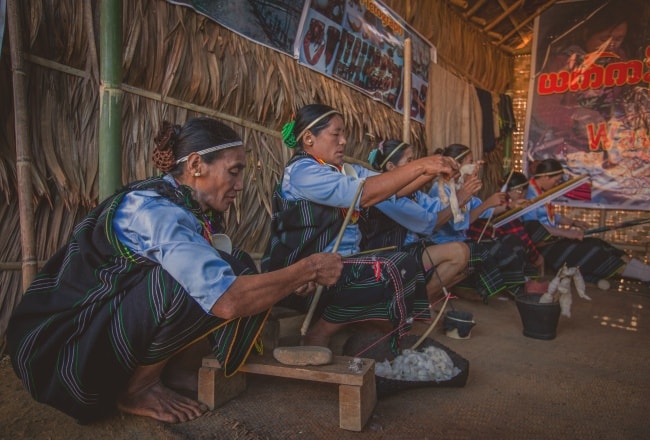
Attending the Naga New Year Festival is sure to become a memory to treasure for life. It is incredible to have the opportunity to see something so few foreigners ever do and to learn about such a rich and beautiful culture.
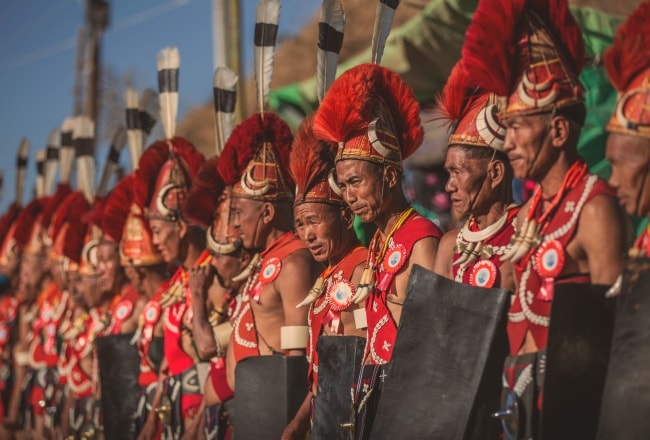


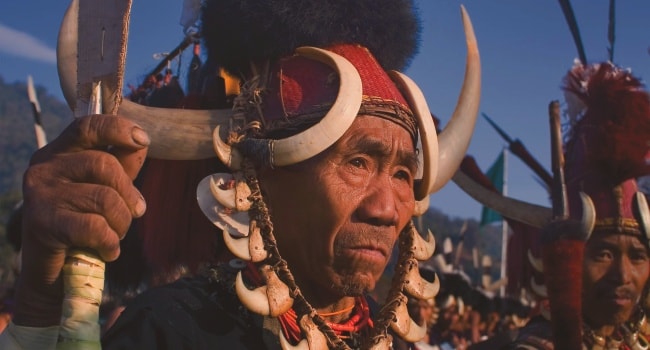

 25/12/2025
25/12/2025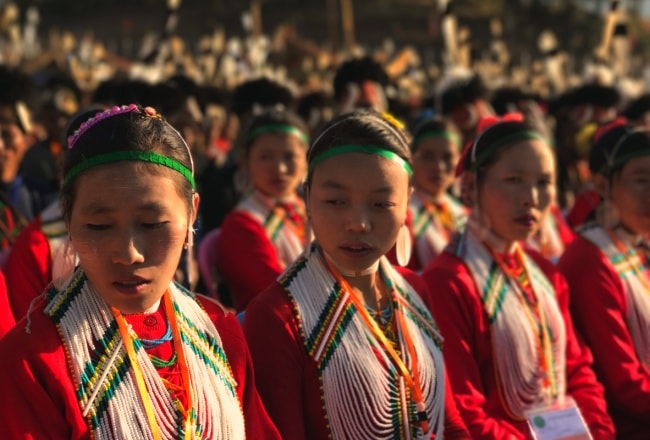
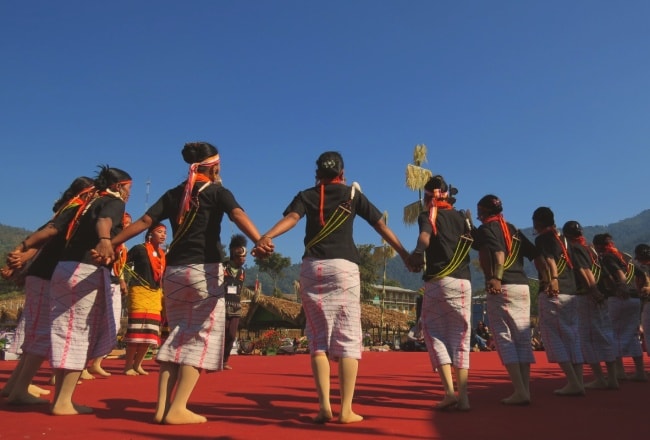





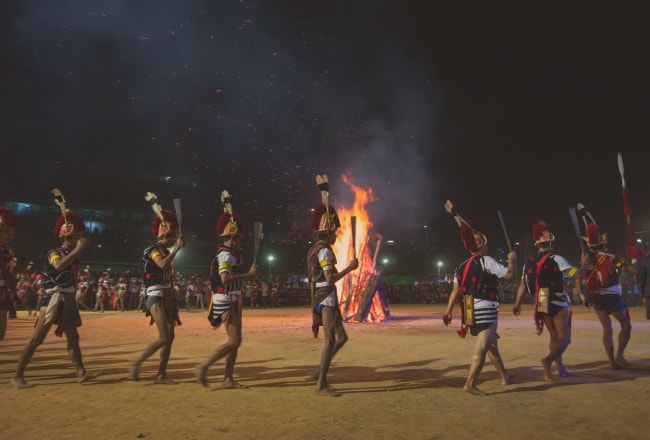
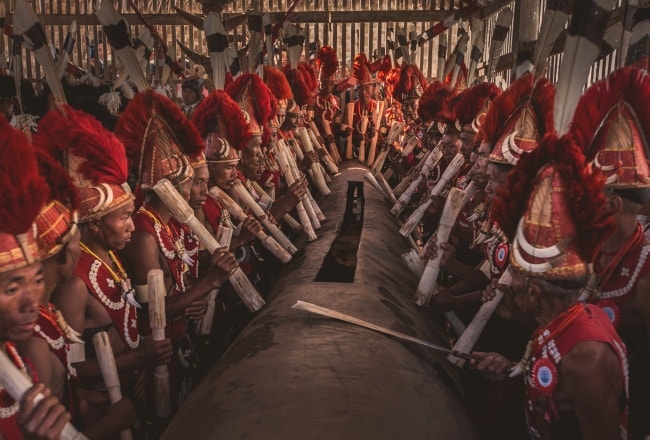




















Jolie LIEMMy name is Jolie, I am a Vietnamese girl growing up in the countryside of Hai Duong, northern Vietnam. Since a little girl, I was always dreaming of exploring the far-away lands, the unseen beauty spots of the world. My dream has been growing bigger and bigger day after day, and I do not miss a chance to make it real. After graduating from the univesity of language in Hanoi, I started the exploration with a travel agency and learning more about travel, especially responsible travel. I love experiencing the different cultures of the different lands and sharing my dream with the whole world. Hope that you love it too!